Memories of Mindanao, Part 17
By Conrad J. Benedicto
We left the Chanter’s House with full bellies, riding through the forest behind our motored cowboys, bouncing up and down on the rocks and ruts of the muddy trail. A strong drizzle turned up my anxiety as we re-emerged onto the now slick concrete. However, Ronald conveyed us with expert skill and we were soon at our next destination-a community school led by another woman whose English name is Maria.
The Medicine Wheel was taught to me by an Elder named Eagle Sun Heart. Here it is in the mountains of Mindanao.
Maria’s school is also inside a gonong, which is an upraised dwelling. The smooth ground underneath this structure functioned as the kitchen and dining area while the top floor served as the classroom/recital hall. We were received in the dining area first where another sumptuous feast awaited even though we had eaten at Rosie’s not two hours ago. I was greatly surprised by what I saw as I was taking my seat. On the wall, here in the mountains of Mindanao, was a banner featuring the Medicine Wheel. An elder by the name of Eagle Sun, may he rest in peace, taught me the Medicine Wheel so that I may teach it to my students in the Wilderness Arts and Literacy Collaborative (WALC). It was inspiring to see that thousands of miles from Turtle Island, Maria was using the Medicine Wheel too.
“The similarities between indigenous peoples in the U.S. and the Philippines had been hitting me all day. The T’boli of Lake Sebu are going through a similar dispossession to the one the Washoe of Lake Tahoe experienced one hundred and seventy years ago.”
The similarities between indigenous peoples in the U.S. and the Philippines had been hitting me all day. The T’boli of Lake Sebu are going through a similar dispossession to the one the Washoe of Lake Tahoe experienced one hundred and seventy years ago. The issue of over-eutrophication is also a parallel. The T’boli dances here are so similar to the prayers I have witnessed in the roundhouse at Chaw’se back in the Sierra foothills of California. They even have a monkey dance which serves the same comical teaching purpose as a special coyote dance that I once saw, when WALC was first invited to the Big Time celebration at Chaw’se. That poster was proof that indigenous people around the world communicate, commiserate, and share wisdom and inspiration with each other.
The unity of nature, art, and tradition is the cornerstone of Maria’s program and the success of it was very evident in the teenagers who performed the songs and dances. It was heartening to see T’boli teenagers, not just little children, taking up the sacred work of culture bearing. Again, what we witnessed were budding master artists able to mimic horse trotting rhythms on the drum and add complex interlocking counterpoints on the small agong and thick bamboo. Of course there was also the kulintang, which in the mountains, has an entirely different melodic persona.
Conrad J. Benedicto
A teacher, author, and kulintang musician who studied with Master Danongan Kalanduyan from 1997 to 2016. He was Master Kalanduyan’s apprentice within the Alliance for California Traditional Arts’ Apprenticeship Program in 2007 and again in 2013. He founded and leads the Kulintang band, Kulitang Dialect, and has performed at the Filipino American International Book Fest Gala, Gongster’s Paradise Kulintang Festival, SF Parol Lantern Festival, and more. He has received grants for his music from the San Francisco Arts Commission and Zellerbach Family Foundation. He teaches social studies, environmental education, and kulintang music at Balboa High School in San Francisco.
Publications:
Musalaya’s Gift, Fantasy Novel
The Warriors of Dagad Pass by Bumbakal Saksi, Musalaya’s Gift Graphic Companion Book




